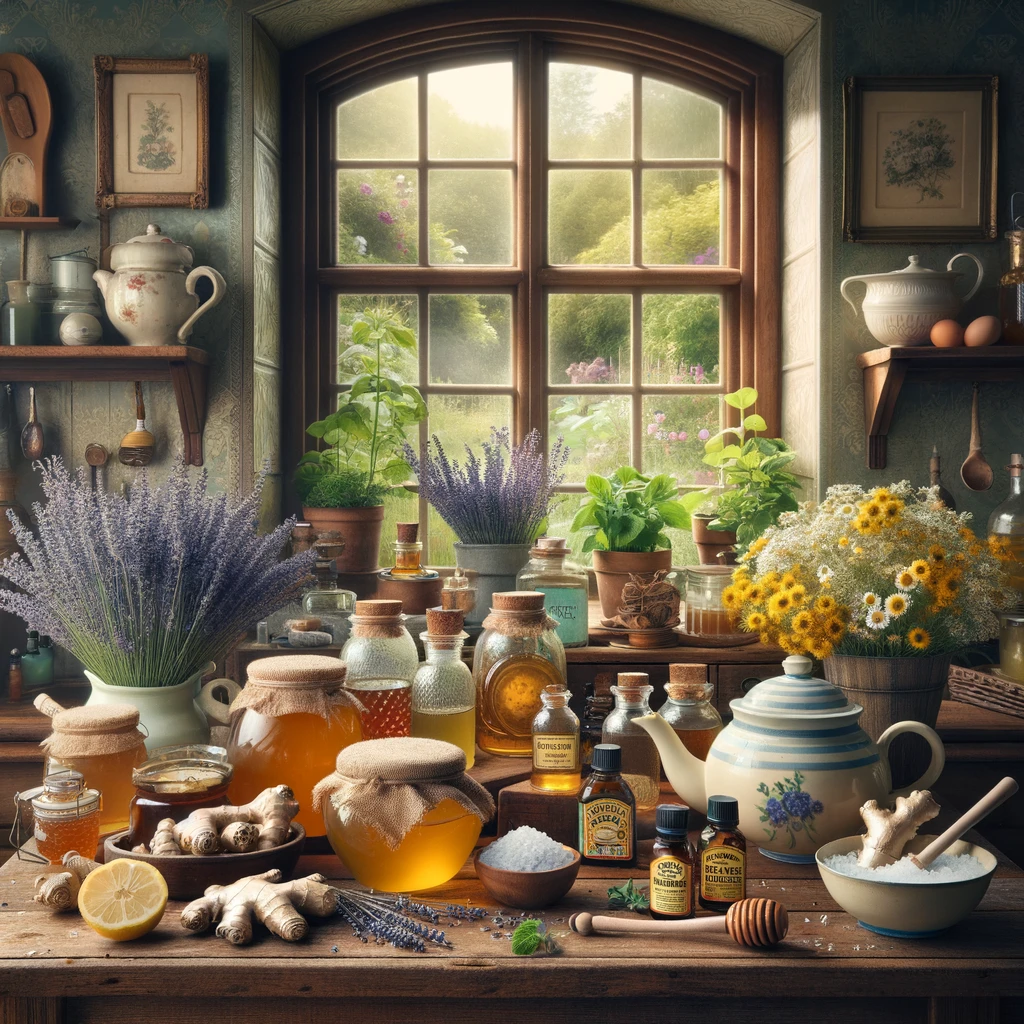
In an era dominated by a fascination with the new and the technological, it’s refreshing to discover that some of the most effective remedies for everyday ailments come not from the pharmacy, but from the pages of history. Victorian-era home remedies, with their emphasis on natural ingredients and simplicity, are experiencing a resurgence in popularity. As we strive for more sustainable and holistic approaches to health, these time-tested solutions offer a blend of nostalgia and practicality. Let’s explore ten Victorian-era home remedies that remain surprisingly effective today.
1. Honey for Wounds and Burns
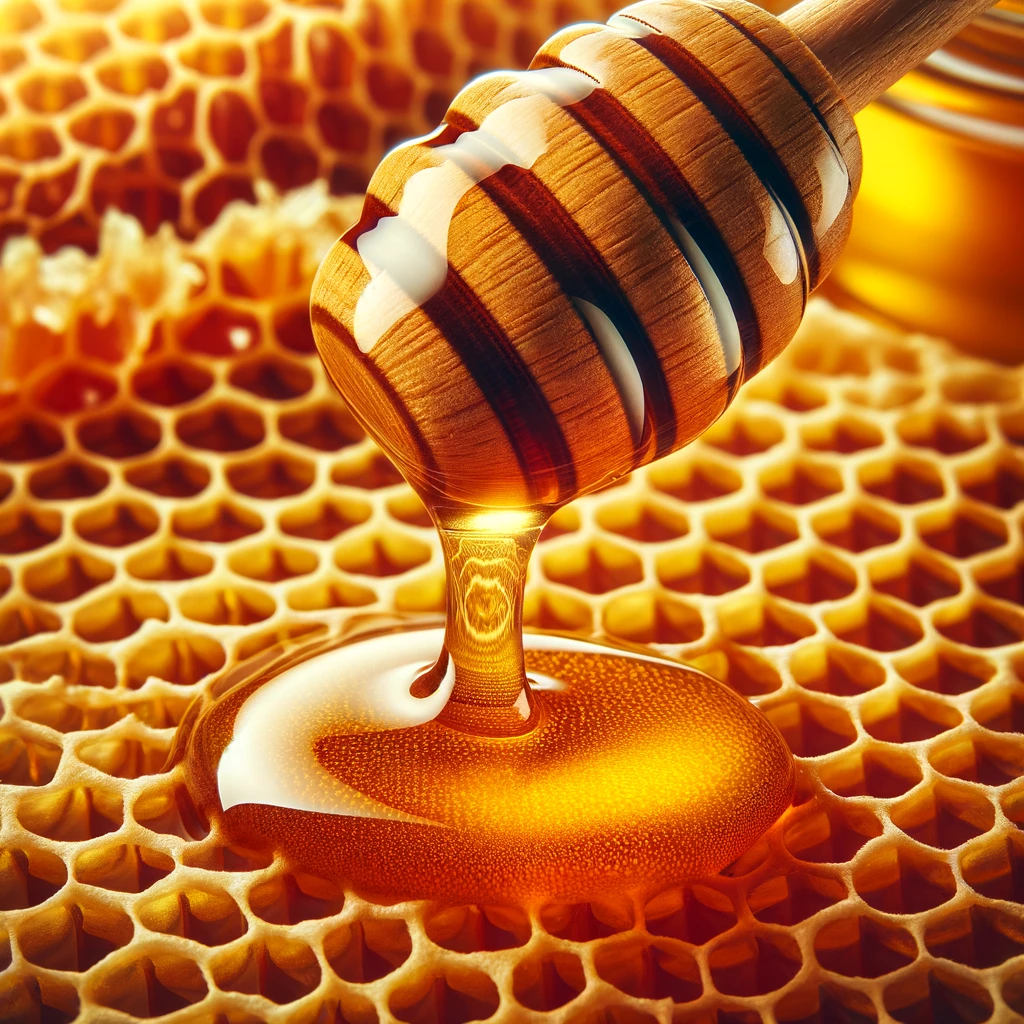
Victorians considered honey a panacea for a variety of ailments, but its application on wounds and burns has stood the test of time. Honey acts as a natural antibiotic and anti-inflammatory agent, speeding up the healing process by preventing infection and reducing swelling. Modern research supports its use, finding that honey can indeed facilitate wound healing, especially in cases of minor burns and cuts. Its hygroscopic nature also helps to keep the wound moist, which is essential for healing.
2. Lavender for Anxiety and Sleep Disorders

Lavender was a Victorian staple for combating anxiety and promoting better sleep. They often filled pillows with lavender flowers to enhance sleep quality. Today, lavender’s calming properties are backed by scientific studies, which show that its essential oil can significantly reduce anxiety levels and improve sleep patterns. Diffusing lavender oil before bedtime or using it in a warm bath can help mimic these Victorian practices with modern convenience.
3. Chamomile Tea for Digestive Issues
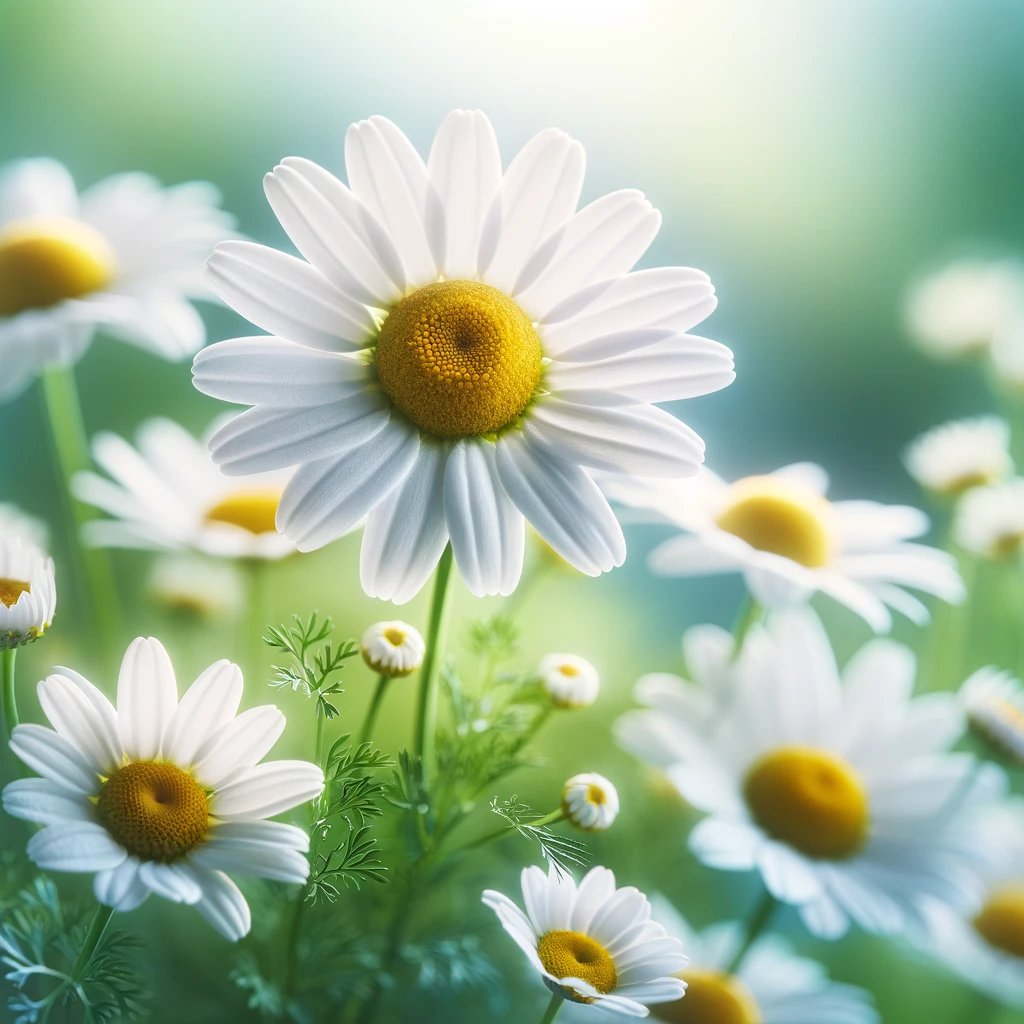
The Victorians frequently turned to chamomile tea to soothe digestive troubles, such as indigestion, nausea, and gas. Chamomile’s anti-inflammatory and antispasmodic properties help relax the muscles of the digestive tract, easing discomfort. Modern research echoes these uses, suggesting chamomile tea as a gentle remedy for various gastrointestinal conditions. It remains a popular, soothing drink before bedtime, aiding not only digestion but also sleep.
4. Peppermint for Headaches and Migraines
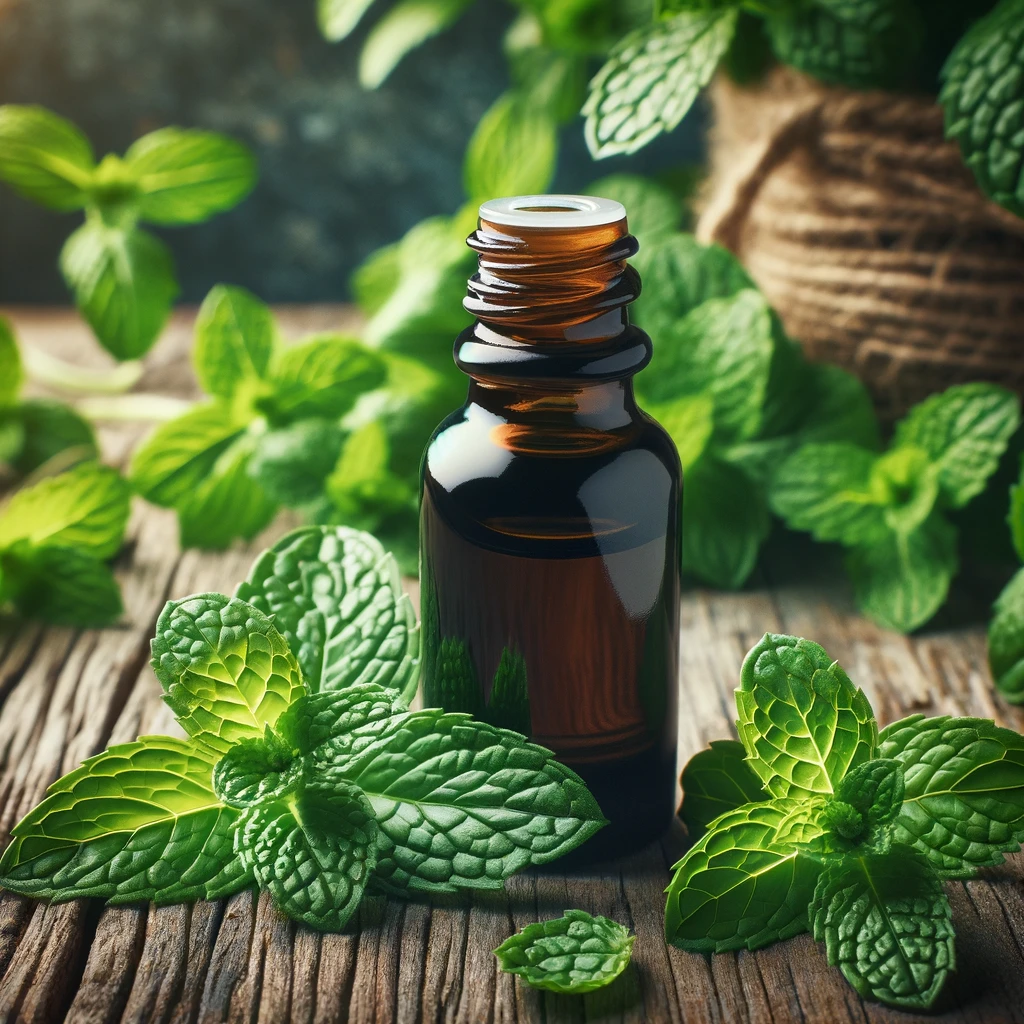
Peppermint oil was a Victorian favorite for relieving headaches and migraines. They applied it topically to the temples or inhaled its vapors for relief. The cooling effect of peppermint oil can help relax muscles and ease pain, making it a valuable tool for modern headache sufferers. Recent studies confirm that peppermint oil can be effective in reducing the intensity and frequency of migraines when applied to the forehead and temples.
5. Apple Cider Vinegar for Sore Throat
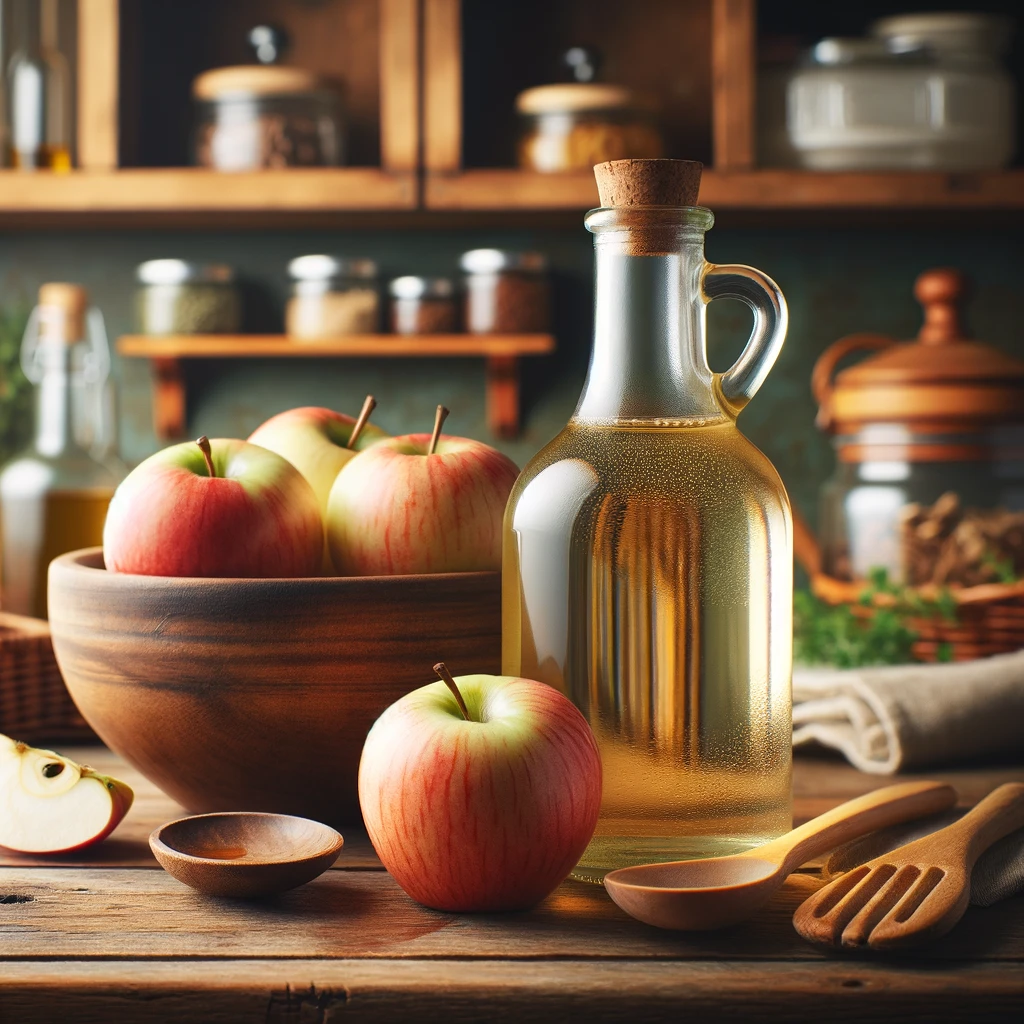
Gargling with apple cider vinegar diluted in water was a common Victorian remedy for sore throats. The vinegar’s acidic nature helps to kill bacteria, while its anti-inflammatory properties reduce swelling and pain. Although it might not be the most pleasant remedy, many today attest to its effectiveness in easing sore throat symptoms, suggesting a continuity of wisdom across the ages.
6. Epsom Salt for Muscle Pain
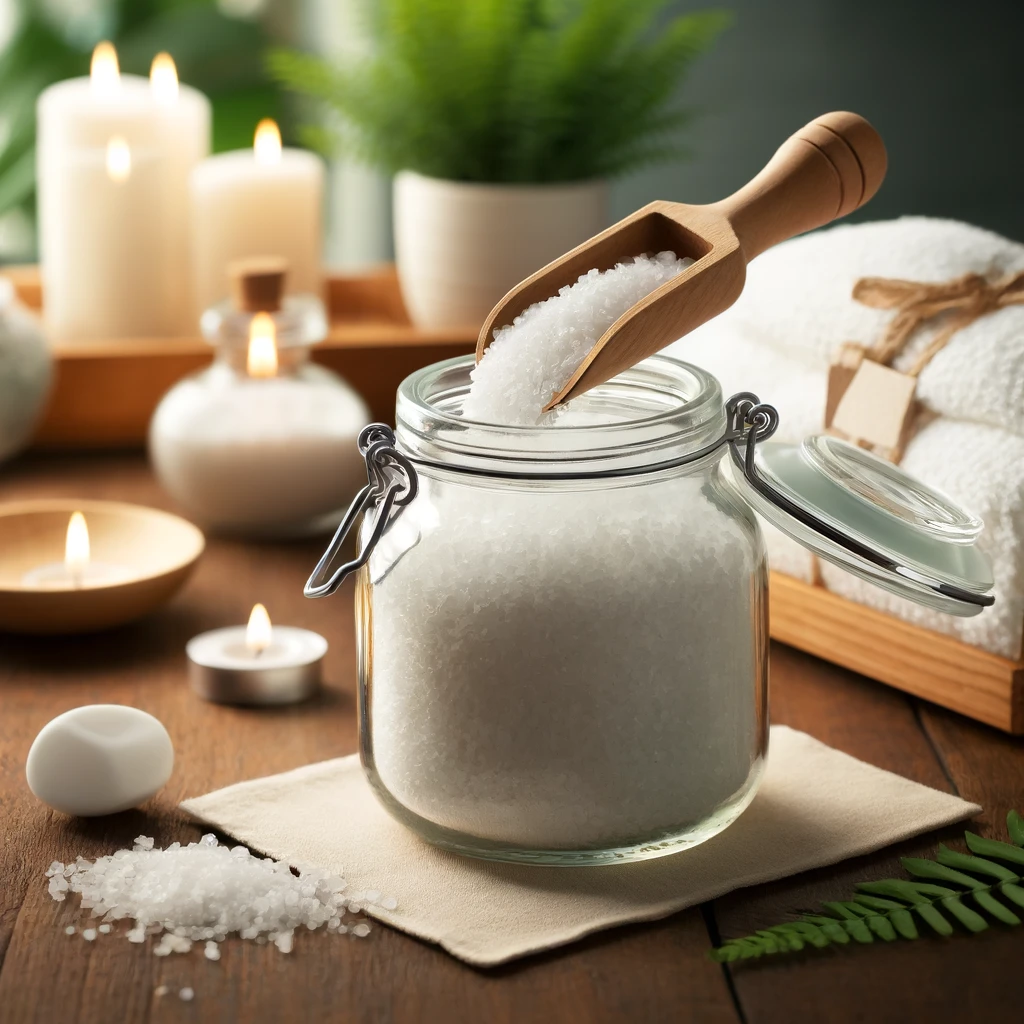
Epsom salt baths were a luxurious treatment in Victorian times, believed to soothe muscle aches and reduce swelling. Comprised of magnesium sulfate, Epsom salt helps to relax muscles and relieve pain. Modern use of Epsom salt baths, particularly after physical exercise, supports its efficacy in reducing muscle soreness and improving recovery.
7. Ginger for Nausea and Motion Sickness
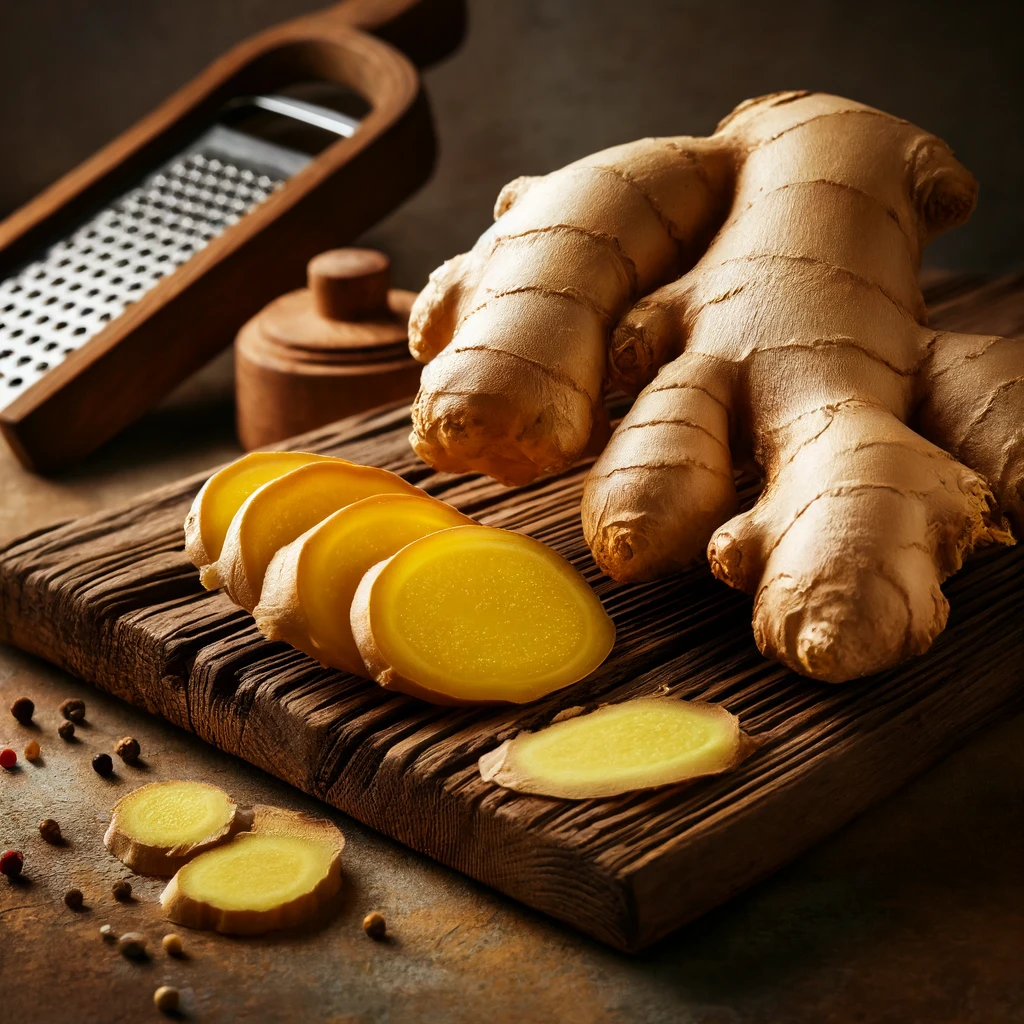
The Victorians often turned to ginger as a remedy for nausea and motion sickness. Chewing on a piece of ginger or drinking ginger tea can help settle the stomach. This is because gingerol, the active component in ginger, has anti-inflammatory and gastrointestinal motility effects. Current studies support its use, recommending ginger as a safe and effective treatment for nausea, especially in pregnancy and chemotherapy-induced nausea.
8. Lemon Balm for Stress Relief
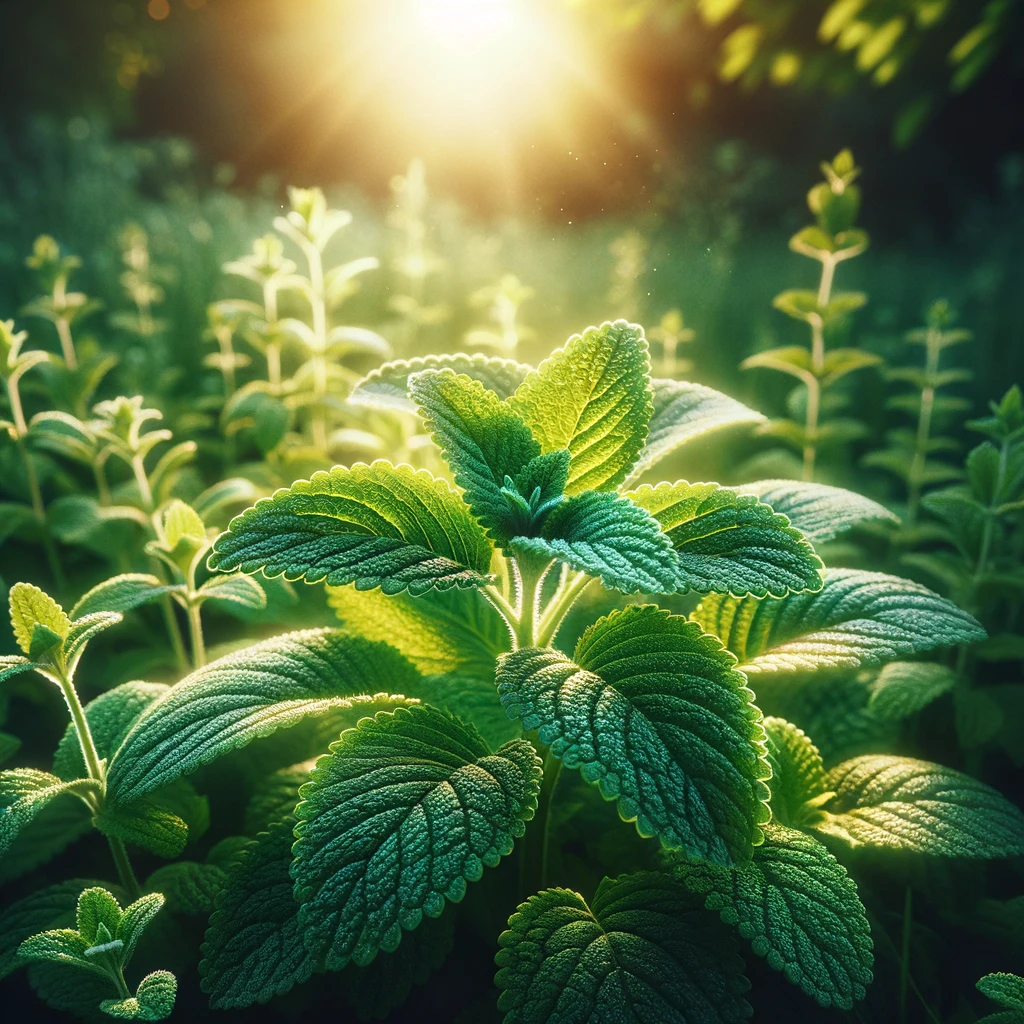
Lemon balm, a member of the mint family, was used in Victorian times to alleviate stress and promote a sense of calm. Its mild sedative effects were cherished in an era when the stresses of the industrial revolution were ever-present. Today, lemon balm is used in herbal teas and supplements for its ability to reduce anxiety and improve mood, underlining the timeless nature of this remedy.
9. Castor Oil for Constipation
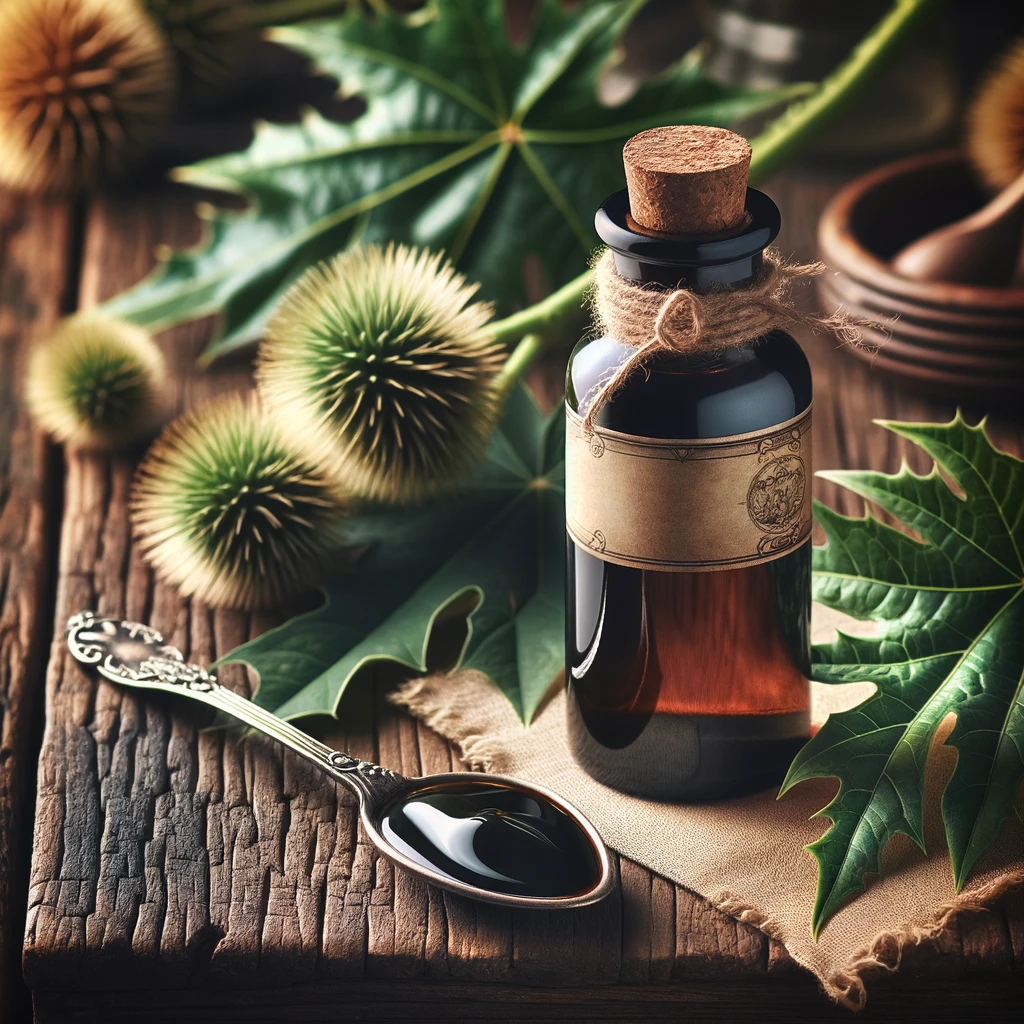
Victorian households commonly used castor oil as a potent laxative to relieve constipation. The oil stimulates the muscles of the intestines, promoting bowel movements. Despite its somewhat harsh nature, modern medicine acknowledges the efficacy of castor oil for short-term use in treating constipation, highlighting the practical wisdom of our ancestors.
10. Mustard Plasters for Chest Congestion
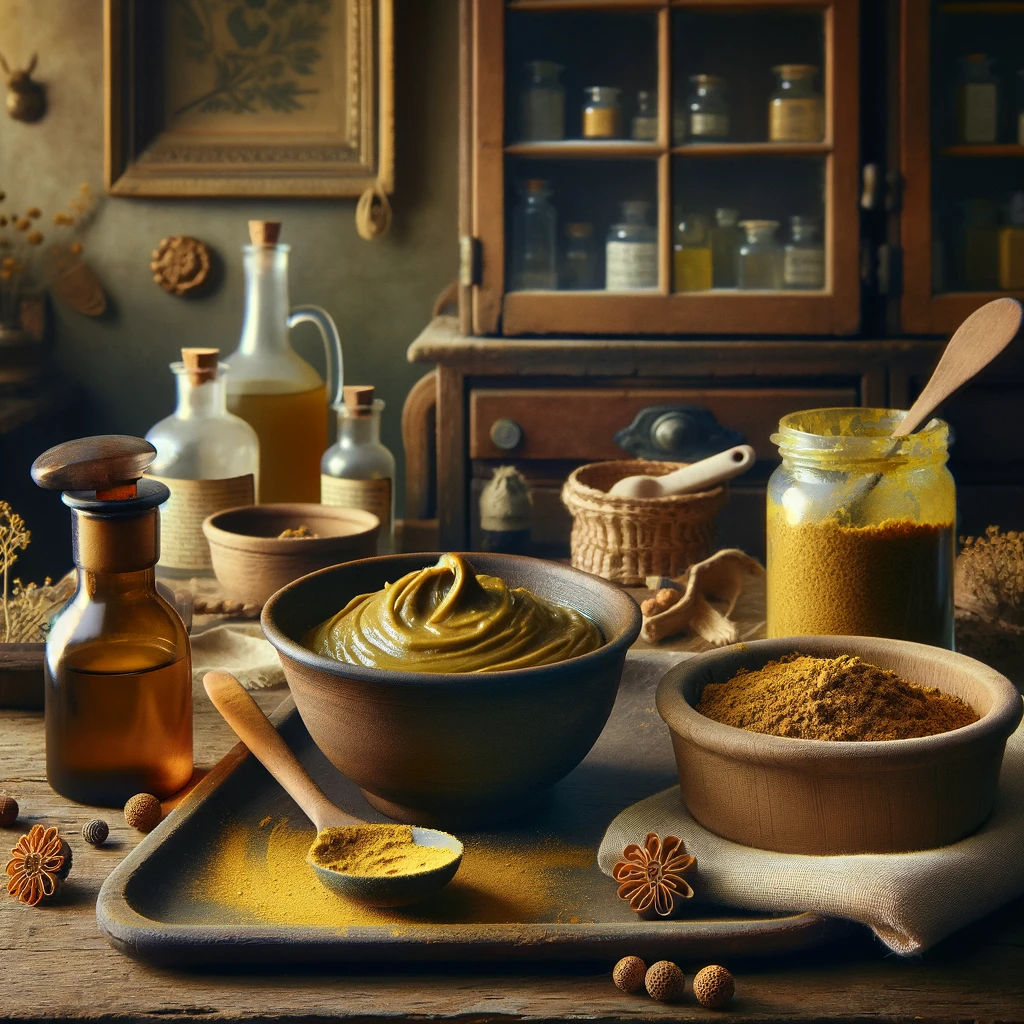
Mustard plasters were a Victorian go-to for breaking up chest congestion. Made from mustard powder and flour mixed into a paste and spread on cloth, this remedy was applied to the chest to stimulate circulation and clear mucus. While modern alternatives like vapor rubs have taken its place, the principle of topical heat application for respiratory relief remains valid.
Rediscovering Home Remedies
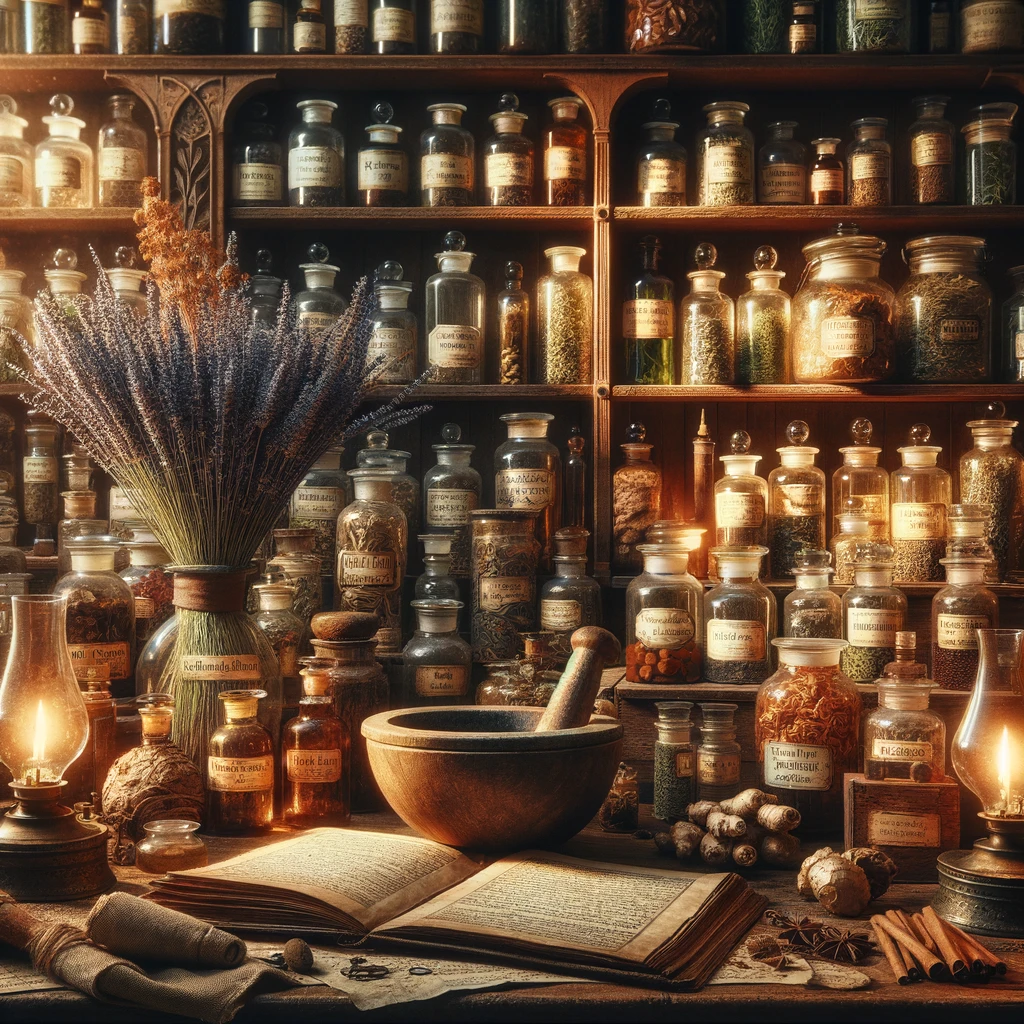
Rediscovering these Victorian-era home remedies invites us to blend the wisdom of the past with the knowledge of the present. While not all old-time remedies stand up to scientific scrutiny, many are surprisingly effective and offer natural, accessible alternatives to over-the-counter treatments. However, it’s important to approach any remedy, old or new, with caution and consult a healthcare professional, especially in cases of serious illness or injury.
Read More
15 Genius Life Hacks from the 1800s That Still Work Today
14 Nostalgic Traditions That Only People Aged 60+ Will Appreciate

